See a 'Holy Grail' 1959 Gibson ES-175D Up Close
From jazzers to rockers this classic dream guitar is on the bucket list of many players.
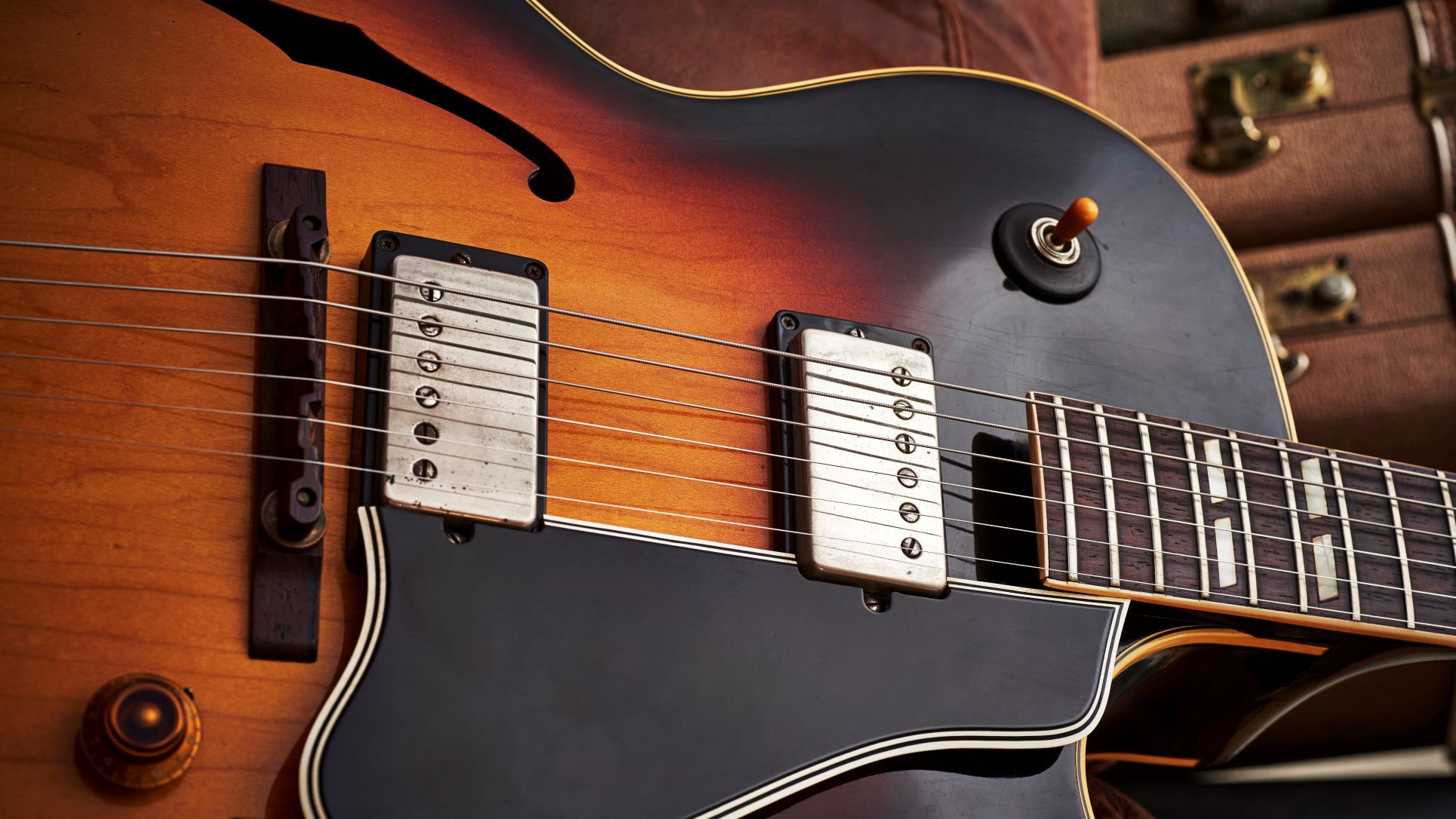
Guitar enthusiasts constantly rehash the birth of the solidbody electric guitar and how it revolutionized amplification of the instrument via Fender’s Broadcaster/Telecaster of 1950 and Gibson’s Les Paul of 1952.
But prior to 1950, Gibson was already hip to the notion that an amplified guitar required a very different approach. In 1949, the company had even shredded the blueprint for how guitars were made and redrawn it for a new era with the introduction of the ES-175.
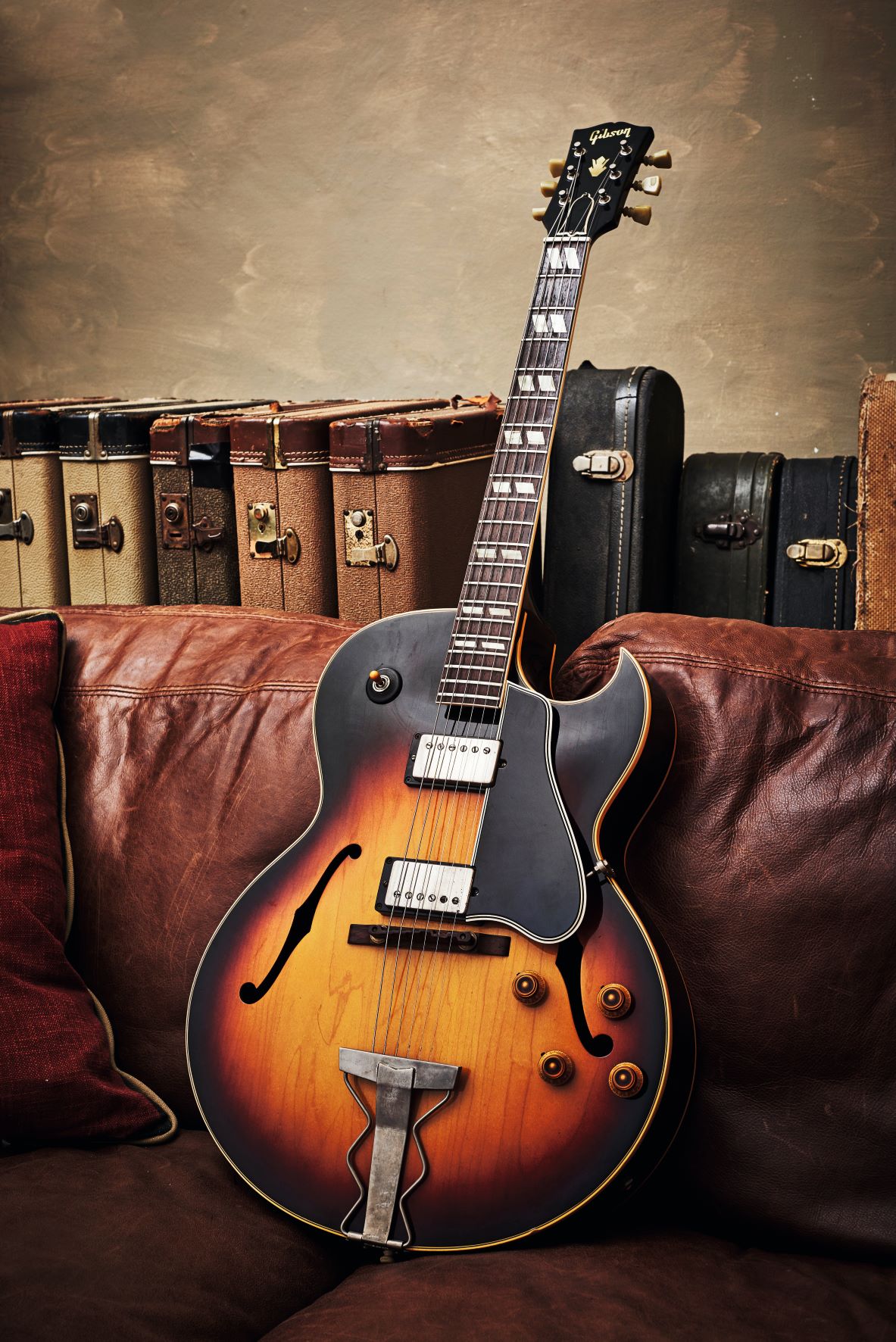
Over the course of the jazz age, it had become clear that guitarists in large orchestras relied entirely on the amplified sounds of their big electric archtop jazz boxes, making the instruments’ acoustic tones redundant. That being the case, Gibson reasoned, it made sense to design a guitar with a more rigid, feedback-reducing structure and let the pickups – rather than the vibrations from the solid carved-spruce tops – do the work.
Laminated maple pressed into an arched top and back provided the way forward, and the ES-175 was the first new model to receive the treatment. Gibson named the ES-175 for its $175 price tag, a practice it used for several other notable models of the ’30s and ’40s.
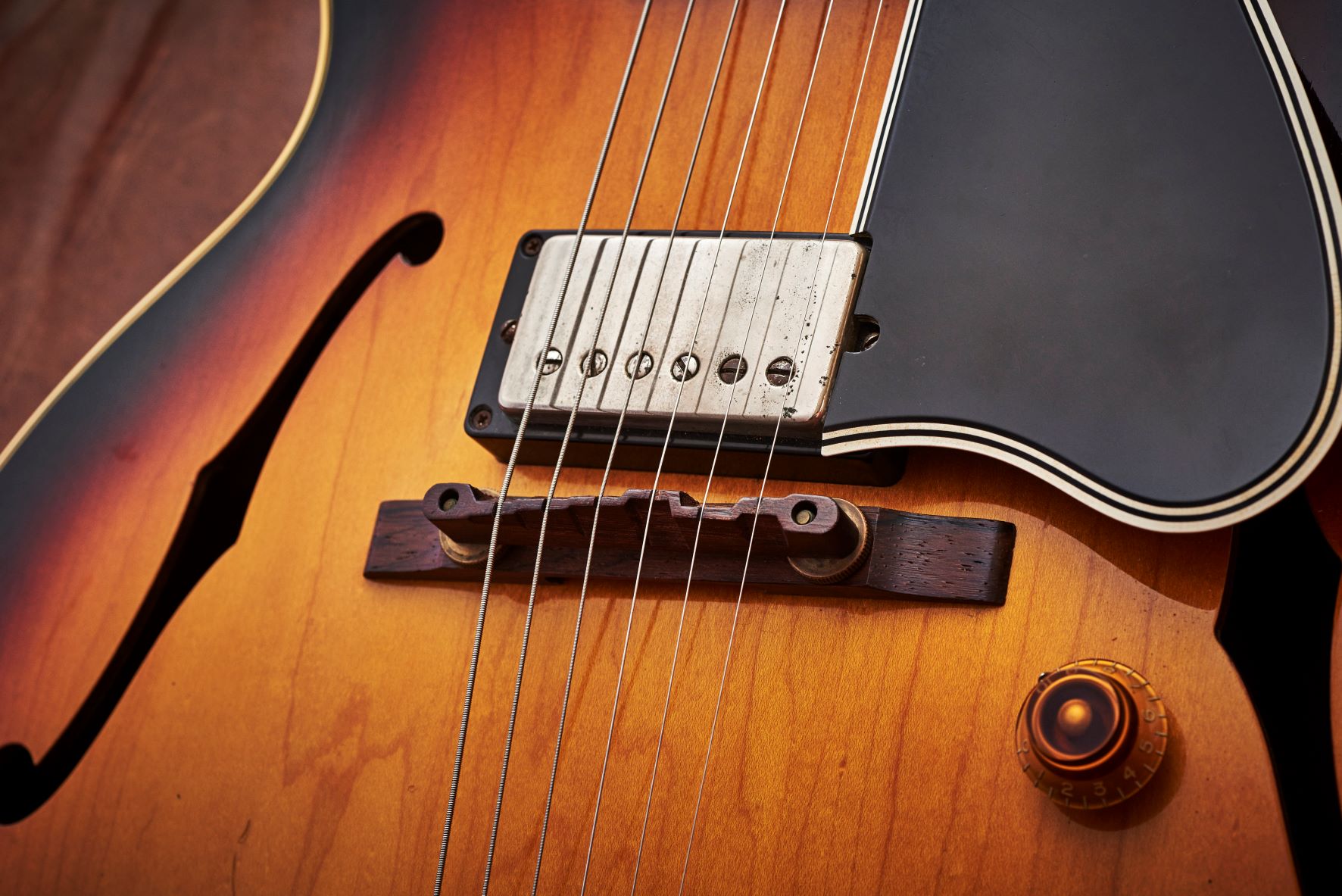
Positioned near the middle of the archtop range, the 1949 ES-175 had one P-90 single-coil pickup in the neck position, and controls for volume and tone. For most players, though, the ES-175 came into its own in 1957, when it was offered with a choice of one or two of Gibson’s new Patent Applied For humbucking pickups. But the ultimate version of this guitar might well be the ’59 model, like the gorgeous example seen here.
Many players have declared its neck profile to be the most comfortable shape Gibson ever produced. It boasted many other desirable features as well, including two PAF pickups, which today can be worth more than half the value of the entire guitar.
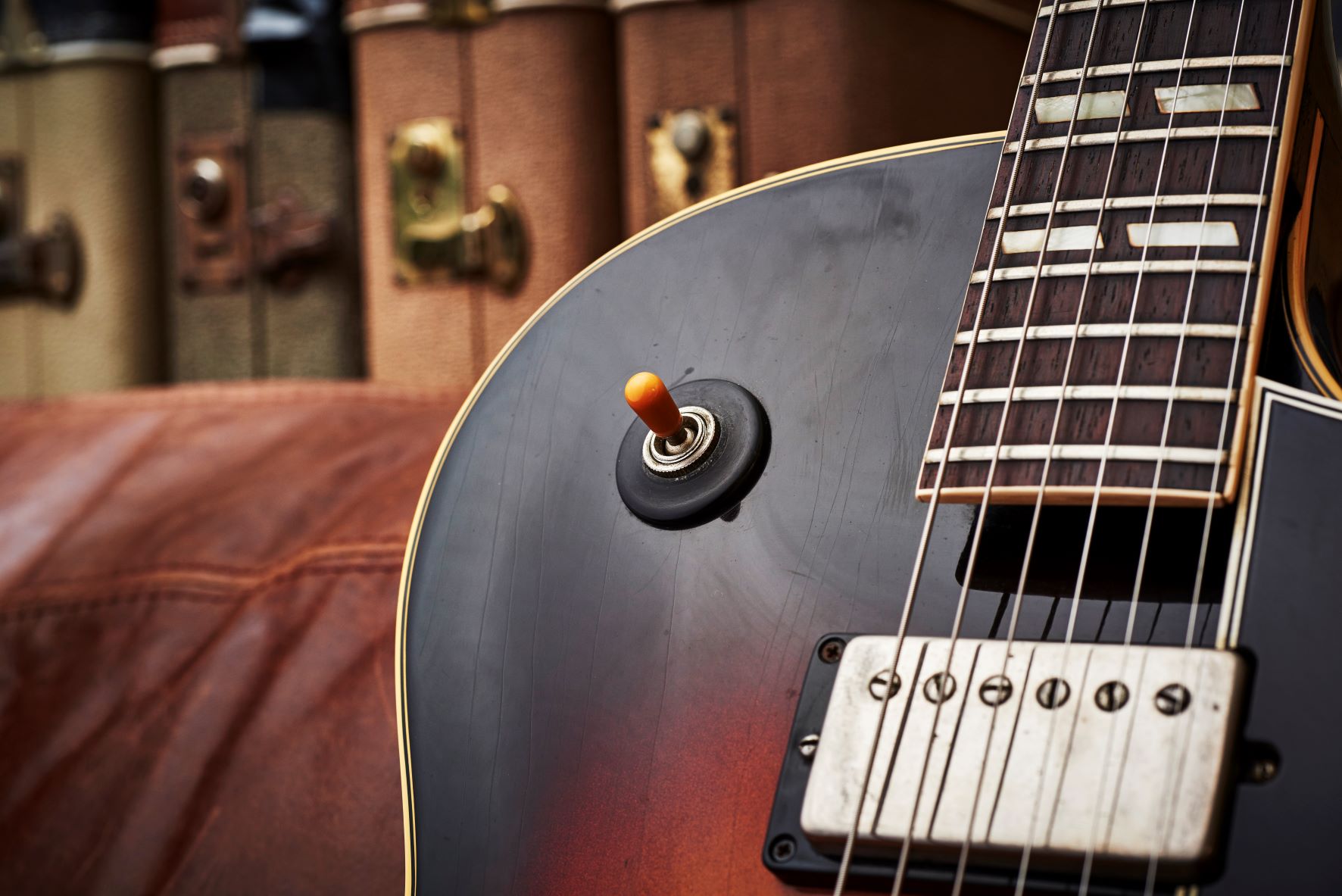
In addition to being a premier jazz box, the 1959 ES-175 made a great rock and roll guitar. Even with the more rigid laminated-wood construction, the fully hollow body can induce some feedback if you get too close to a loud amp. Get it just right, though, and there are sweet, singing, sustaining tones to be had when it’s plugged into a cranked-up tube amp.
Get The Pick Newsletter
All the latest guitar news, interviews, lessons, reviews, deals and more, direct to your inbox!
There’s plenty of bite from the bridge humbucker, too, as was ably demonstrated by Creedence Clearwater Revival’s John Fogerty, Yes guitarist Steve Howe and Guns N’ Roses’ Izzy Stradlin.
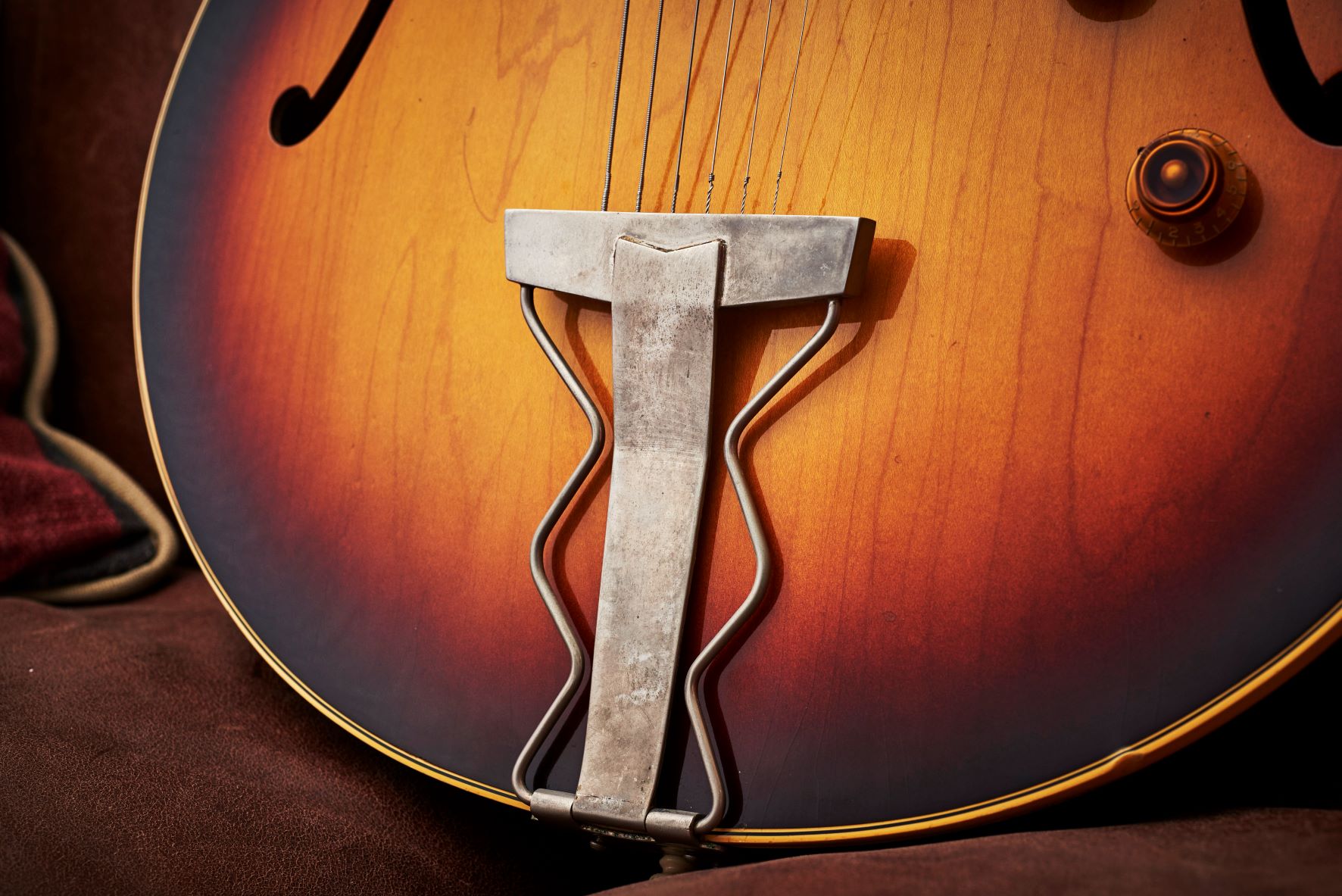
Players more familiar with solidbody and semi-hollow electric guitars will probably note the ES-175’s pairing of a floating bridge and trapeze tailpiece. Made from a rosewood base and coupled to a one-piece compensated rosewood saddle with height-adjustable posts, this bridge isn’t physically attached to the guitar’s top but is instead held in place by the strings’ downward pressure.
Given the break angle of the trapeze tailpiece, that pressure isn’t considerable. Hammer those strings hard and it’s easy to knock the bridge out of place and send the entire guitar out of tune mid-song.
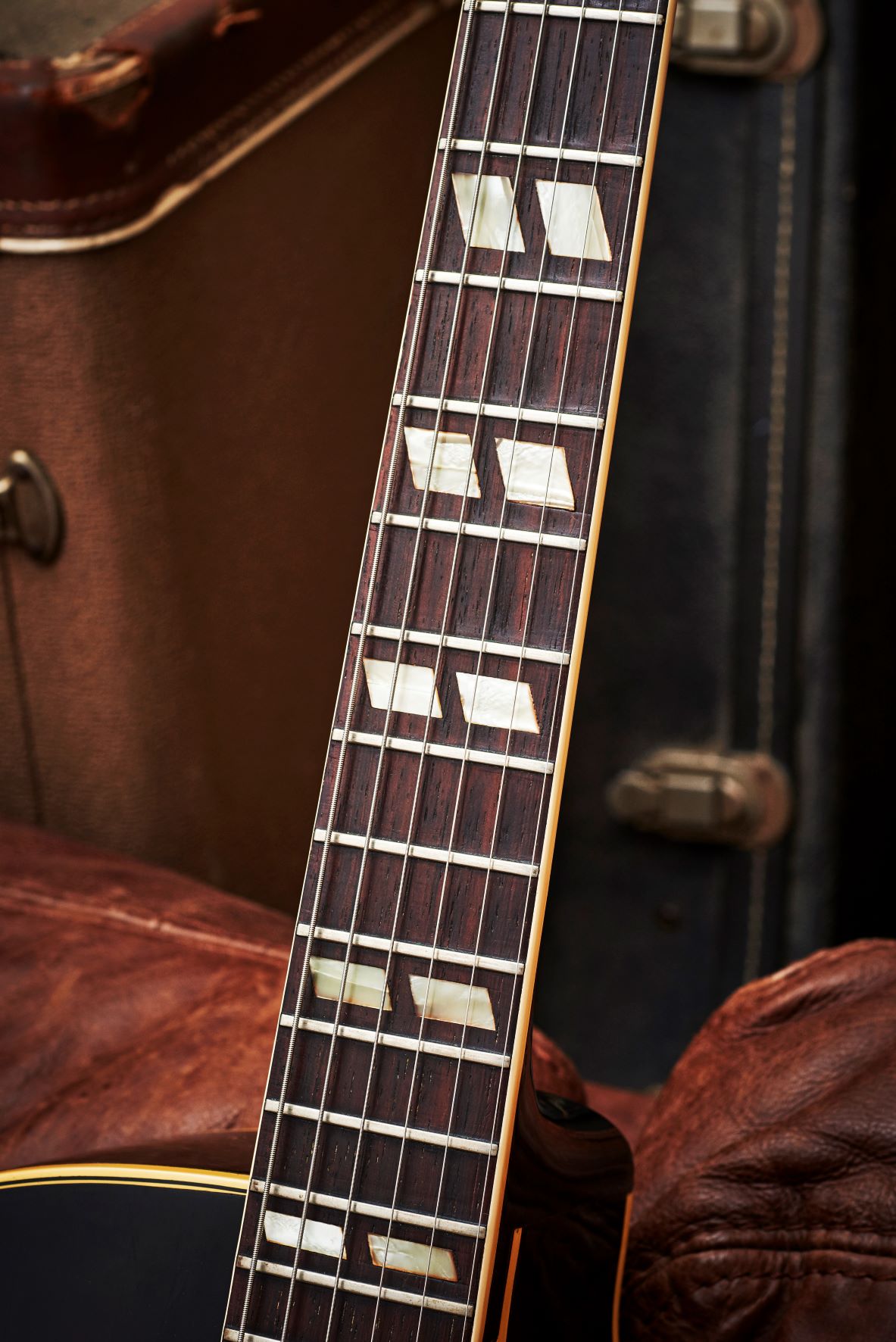
The rosewood bridge also enhances the ES-175’s warm-leaning voice, while the laminated maple helps retain brightness and clarity. Rockers who play these guitars often mount metal Tune-o-matic bridges atop the rosewood bases, which they’ll also sometimes pin or otherwise affix semipermanently to the top. The combination of these two mods keeps the bridge in place during heavier playing and lends some brightness and articulation to the tone, while it affords more precise string-to-string intonation.
All that said, jazz is still where it’s really happening for a good ES-175, and a significant list of greats have plied their trade on this Gibson classic, including Joe Pass, Howard Roberts, Kenny Burrell, Pat Metheny, Herb Ellis, Pat Martino, Toots Thielemans and several others.
Wrap your hands around one when you get a chance, and you’ll find it almost impossible not to dive into your best bop and swing chops.

Thanks to Vintage ‘n’ Rare Guitars in Bath, U.K. for showing us this gorgeous 1959 Gibson ES-175D
Dave Hunter is a writer and consulting editor for Guitar Player magazine. His prolific output as author includes Fender 75 Years, The Guitar Amp Handbook, The British Amp Invasion, Ultimate Star Guitars, Guitar Effects Pedals, The Guitar Pickup Handbook, The Fender Telecaster and several other titles. Hunter is a former editor of The Guitar Magazine (UK), and a contributor to Vintage Guitar, Premier Guitar, The Connoisseur and other publications. A contributing essayist to the United States Library of Congress National Recording Preservation Board’s Permanent Archive, he lives in Kittery, ME, with his wife and their two children and fronts the bands A Different Engine and The Stereo Field.
"We tried every guitar for weeks, and nothing would fit. And then, one day, we pulled this out." Mike Campbell on his "Red Dog" Telecaster, the guitar behind Tom Petty & the Heartbreakers' "Refugee" and the focus of two new Fender tribute models
“A good example of how, as artists, you have to blindly move forward with crazy ideas”: The story of Joe Satriani’s showstopping Crystal Planet Ibanez JS prototype – which has just sold for $10,000











